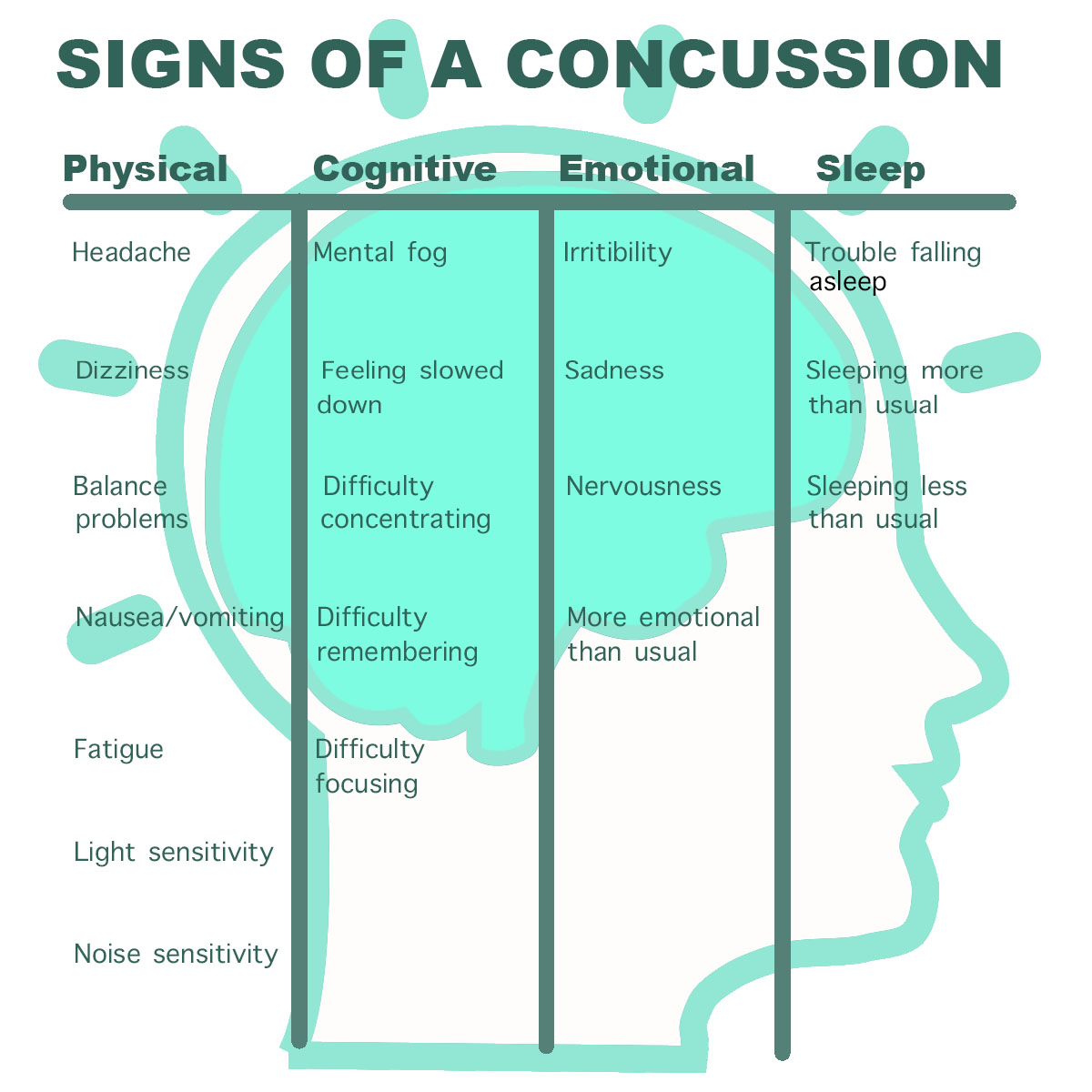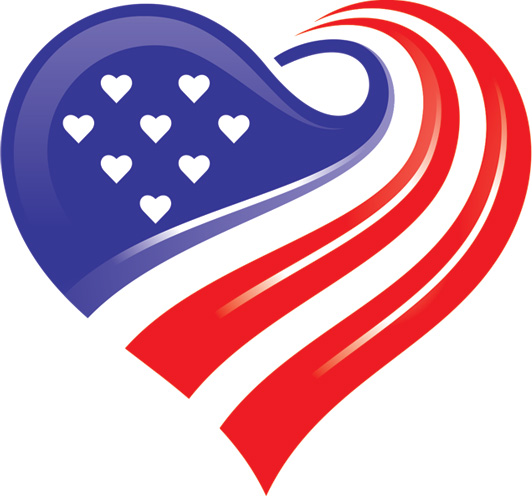Now that kids are back in school and sports have started up again, a parent’s concern over safety is well founded. Studies show that less than 50% of high school athletes are honest about concussions. However, since concussions are very serious, even to the point of death, parents and coaches must recognize the signs and symptoms of concussions. After being diagnosed with a concussion, many athletes feel pressure to ignore the symptoms and get back in the game.
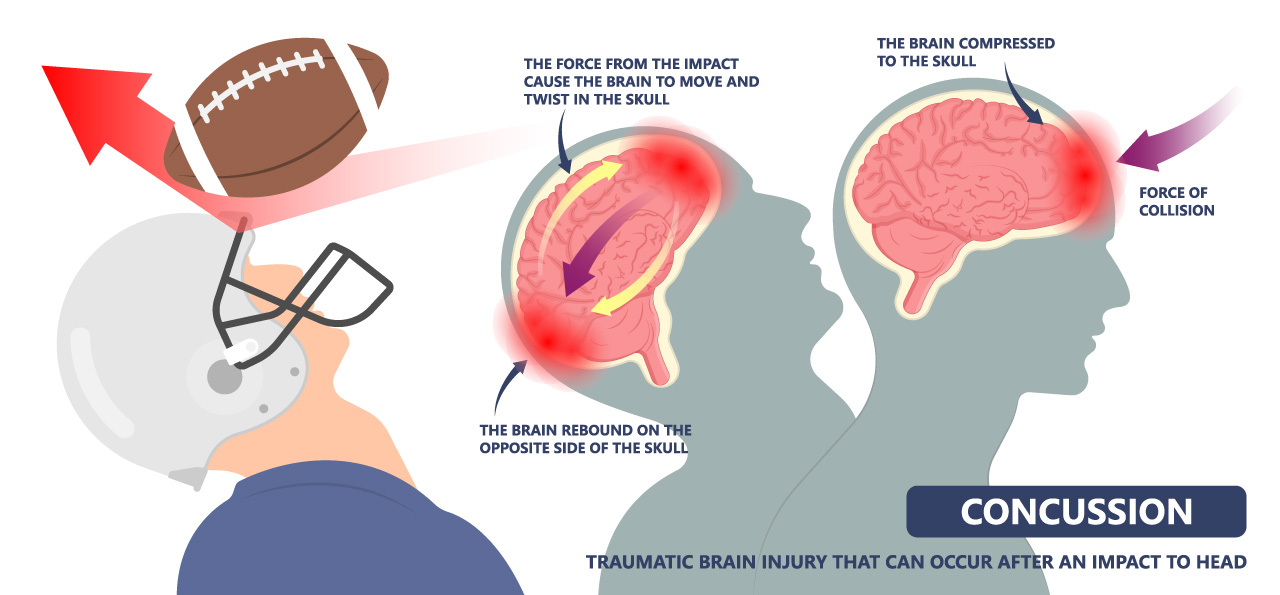
If the concussion was minor, can my child play sports?
Absolutely not. There is a syndrome called “second impact syndrome” that is a catastrophe even. It can occur when a second impact happens before complete recovery from a previous one. Even a minor second blow to the head can cause the brain to swell, which itself can lead to brain damage, paralysis, and even death.
If your child is competing for an athletic scholarship, the temptation may be to allow him or her to continue training before they are cleared by a qualified medical professional. Coaches are not usually qualified to give your child the go-ahead to return to the sport, so seek the advice of your child’s doctor.
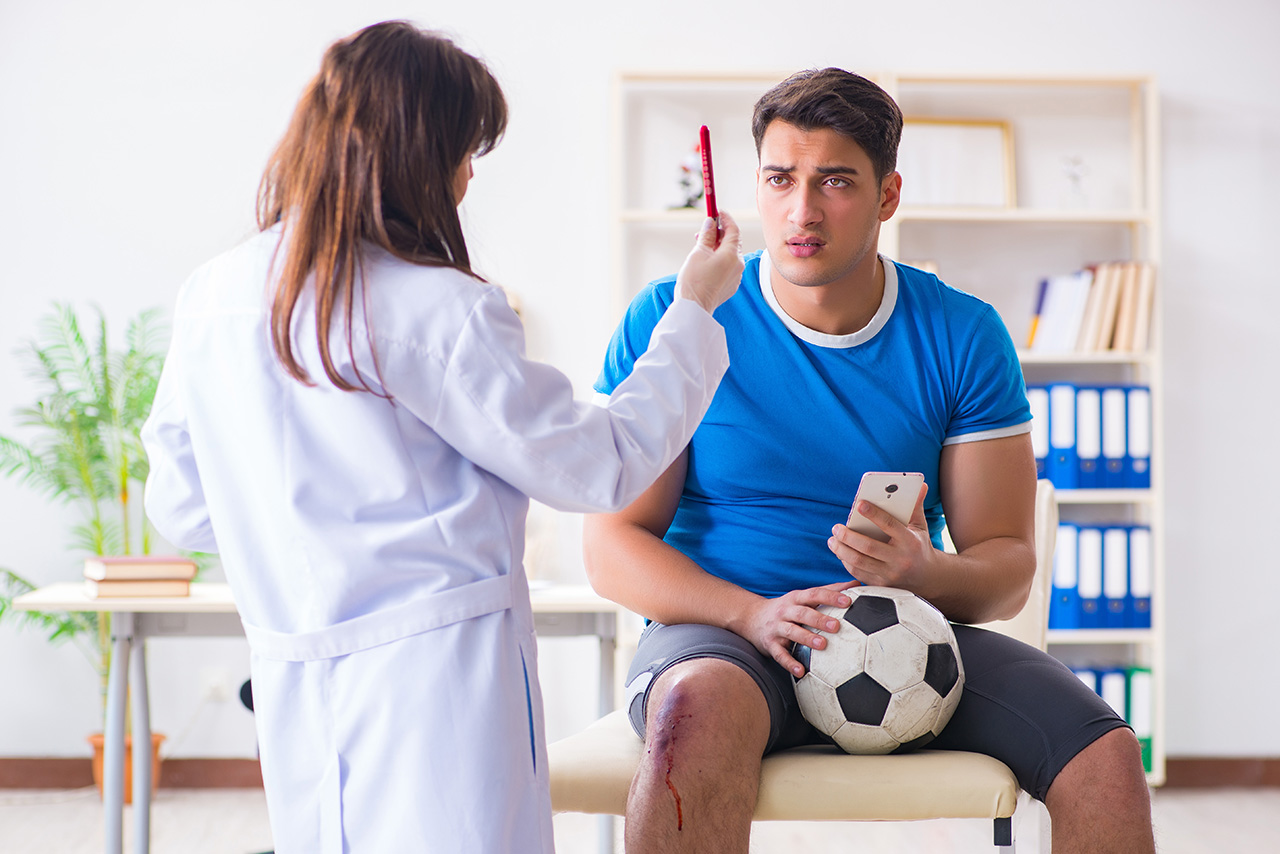
What should I do if my child gets a concussion?
Keep your child at home and monitor for worsening symptoms for 24 to 48 hours following the injury. Watch for the following signs. If any are present, the child should immediately see a physician.
- Headache, severe or increased
- Double vision
- Unequal pupils
- Convulsions
- Unusual or increased drowsiness
- Blood or clear fluid from the ear or nose
- Projectile or repeated vomiting
- Unusual stiffness in the neck area
- Personality changes
- Weakness in either arm(s) or leg(s)
- Numbness in the face or extremities
If even one sign is concerning, follow this advice.
- No playing sports or strenuous activity
- No aspirin or ibuprofen for headaches for 48 hours (acetaminophen is okay)
- Encourage light eating and lots of rest
- Use ice packs on the head or neck to relieve pain
- Sleep in a cool, dark, quiet room
Have your child see a qualified medical professional educated in concussion evaluation and management. This could be an athletic trainer or a sports medicine physician. Ask the healthcare provider if he or she is aware of the up-to-date concussion protocols. If your doctor mentions grade 1 or grade 3, or tells you to prevent your child from sleeping or to wake them every hour, you need to find another physician, as these practices are no longer used.
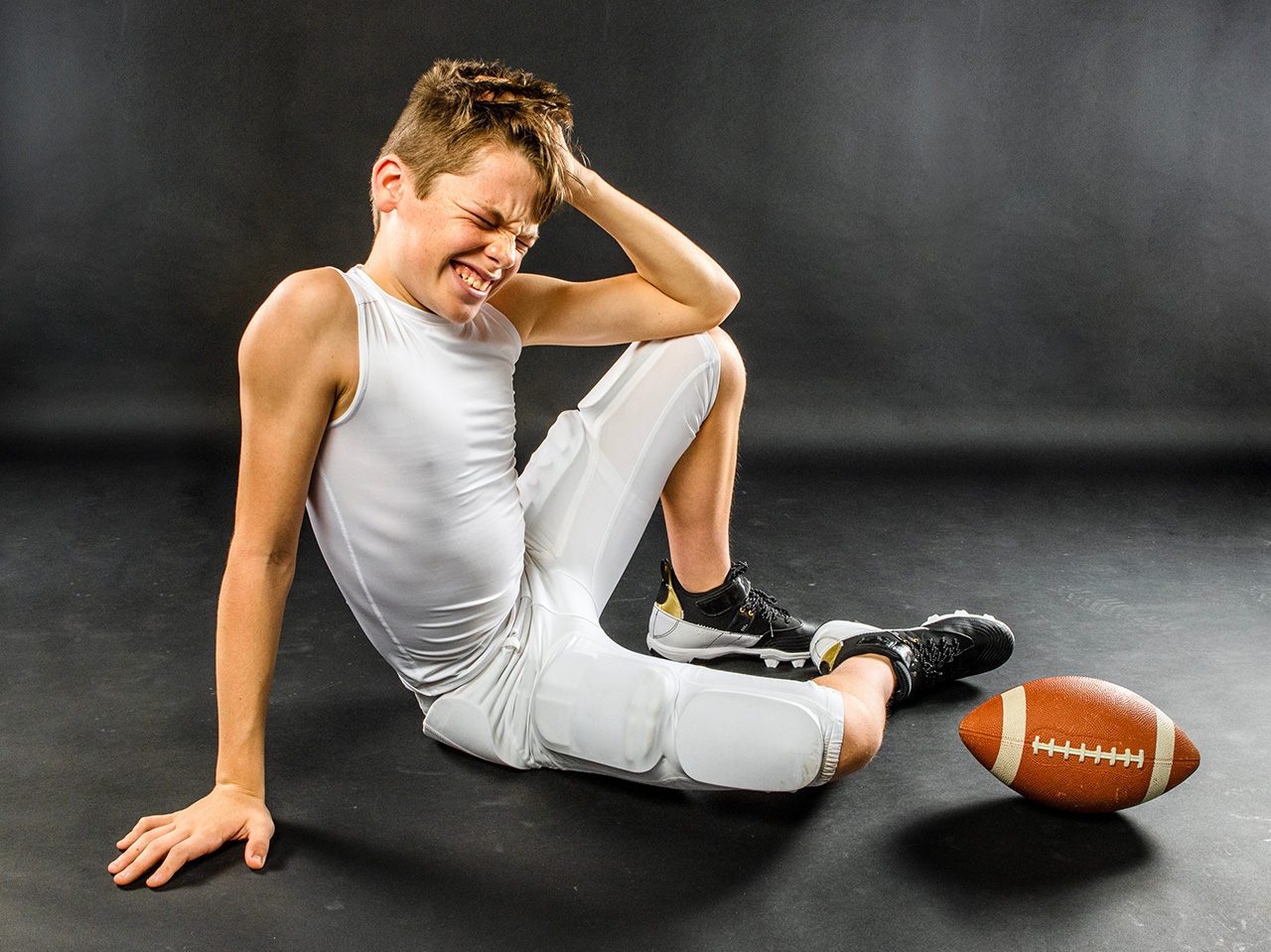
What does concussion recovery look like?
A concussion does not just affect sports. School and work can also be affected. There should be clear communication among coaches, teachers, the school nurse, athletic trainer, employer, and other school administrators. Mixed messages from any of these could cause your child unnecessary distress.
The importance of mental rest
First, let’s define mental activities. Any activity that requires the brain to work hard to process information is a mental activity. Critical thinking and problem-solving should be avoided, including schoolwork, homework, and technology use.
Since the following activities can increase brain function, worsen symptoms and delay healing, they should be restricted or limited.
- Computer work or internet use
- Video games
- Television
- Text messaging/cell phone use
- Bright lights, especially strobe lights like those used at school dances
- Listening to loud music, especially through headphones
- Loud noises
- Social activities like parties, concerts, pep rallies and so on
- Driving
- Work
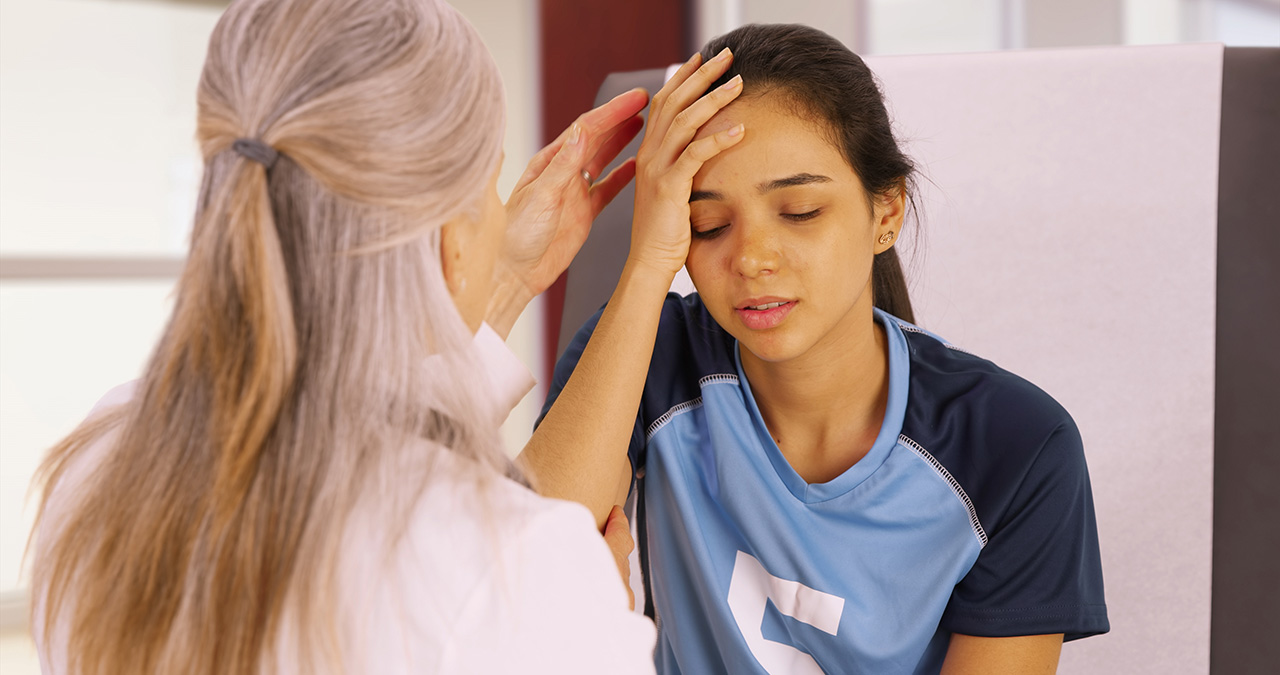
RTS (Return to Sports) Strategy
If your child has sustained a concussion, return to physical activity depends upon the advice of an appropriate healthcare provider. All symptoms should be gone and the child should be fully participating in school. Participation in sports should be gradual. If possible, a certified athletic trainer should be supervising. Why? Because any signs or symptoms of concussion that return indicates that the brain is not fully healed.
| STAGE | AIM | ACTIVITY | GOAL |
| Stage 1 | Symptom-limited activity | Daily activities that do not provoke symptoms. | Gradual reintroduction to work/school activities |
| Stage 2 | Light aerobic activity | Walking or stationary bike at slow to medium pace. No resistance training. | Increase heart rate |
| Stage 3 | Sport-specific exercise | Running or skating drills. No head impact activities. | Add movement |
| Stage 4 | Non-contact training drills | Harder training drills, eg. passing drills. May start progressive resistive training. | Exercise, coordination and increased thinking |
| Stage 5 | Full contact practice | Following medical clearance, participate in normal training activities. | Return confidence and assess functional skills by coaching staff |
| Stage 6 | Return to sport | Normal game play. |
Preventing concussions
When a child plays sports or participates in other dangerous activities (skateboarding, bicycling, etc), you can help him or her avoid concussions by:
- Ensuring all equipment fits properly
- Checking and maintaining all equipment regularly
- Encouraging your child to follow rules of the sport
- Encouraging your child to listen to coaches and practicing good techniques
- Encouraging your child to be a good sport
The outlook
Most children will recover fully from a single concussion, if it is recognized and treated properly. But if your child sustains multiple concussions, each takes longer than the previous one to heal. Athletes who experience multiple events are more likely to have prolonged post-concussion symptoms or cognitive impairment. Don’t ignore any blow to the head or fall where the head is impacted. To learn more about concussion, visit NationwideChildrens.org/Sports-Medicine or call (614) 355-6000.
